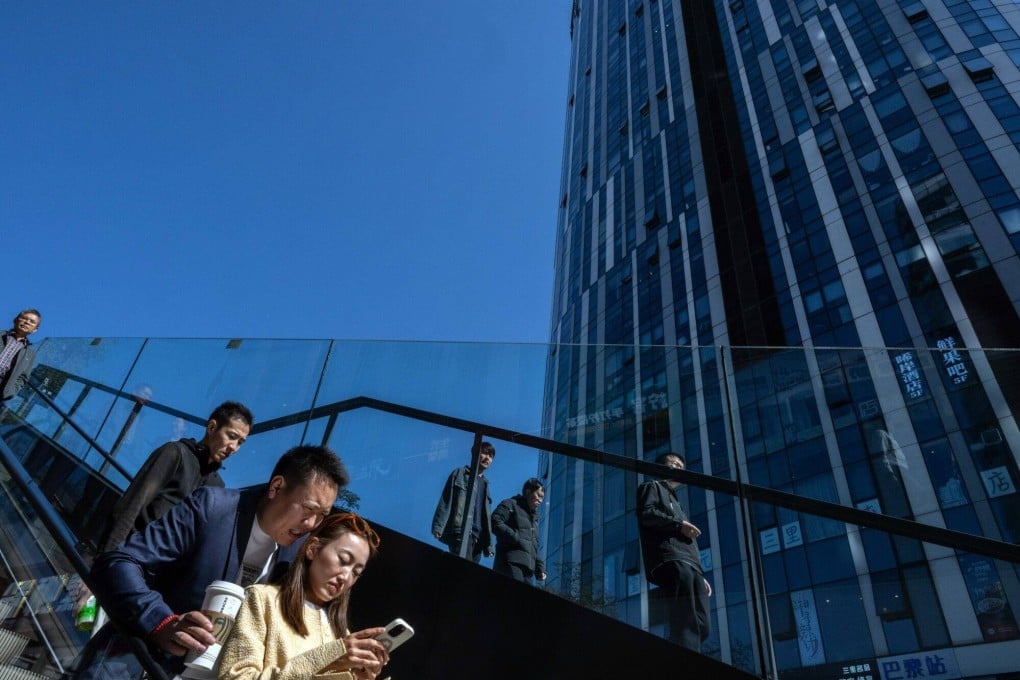Advertisement
Letters | China’s stimulus measures show lessons learned from the past
Readers discuss the evolution of China’s monetary strategy, the need for transparency on MTR plans, and the escalating crisis in the Middle East
Reading Time:4 minutes
Why you can trust SCMP

Feel strongly about these letters, or any other aspects of the news? Share your views by emailing us your Letter to the Editor at [email protected] or filling in this Google form. Submissions should not exceed 400 words, and must include your full name and address, plus a phone number for verification
Advertisement
The stock markets in mainland China and Hong Kong have outperformed others after the announcement of stimulus measures by central government authorities last month. The measures include setting up a relending facility to support listed companies’ stock buy-backs and purchases; slashing the down payment ratio for second-hand properties to 15 per cent and cutting the mortgage rate by around half a percentage point.
Most importantly, at a Politburo meeting two days after the announcement, the leadership stressed stabilising the housing market, controlling property supply and revitalising the capital market.
China’s growth relies on three drivers: investment, consumption and exports. Despite thriving exports, consumption and investment have underperformed. Amid a lack of rapid, job-creating economic growth and falling property prices which devalue people’s assets, there is little appetite for consumption. Moreover, due to the risk of deeper deflationary risk, investors have slowed down their fixed asset investment.
As such, Beijing’s strong stimulus policies are aimed at reviving consumers’ and investors’ confidence.
Advertisement
Some have compared these measures to the quantitative easing in the US in the wake of the 2008 global financial crisis or the easing in Japan to counter deflationary pressures. Others have compared them to China’s stock market bailout in 2015. Yet these different attempts at monetary easing are not comparable because the approaches and outcome are totally different.

Advertisement